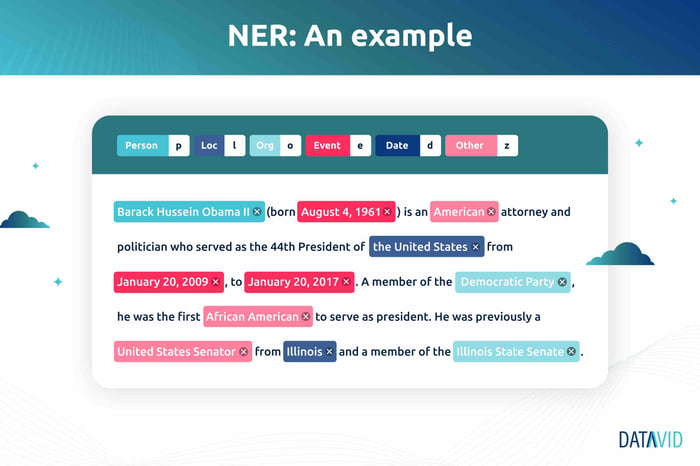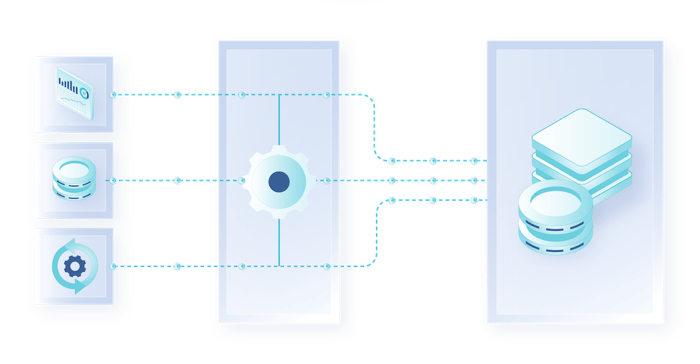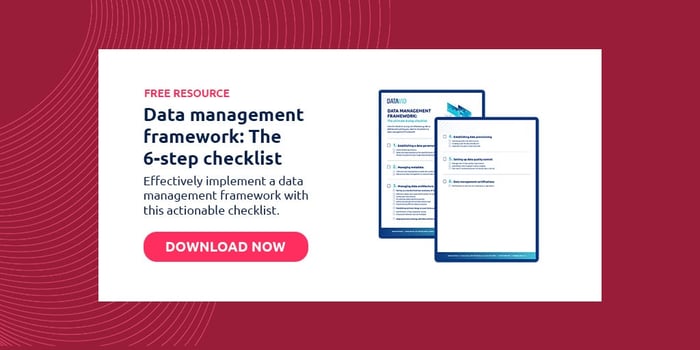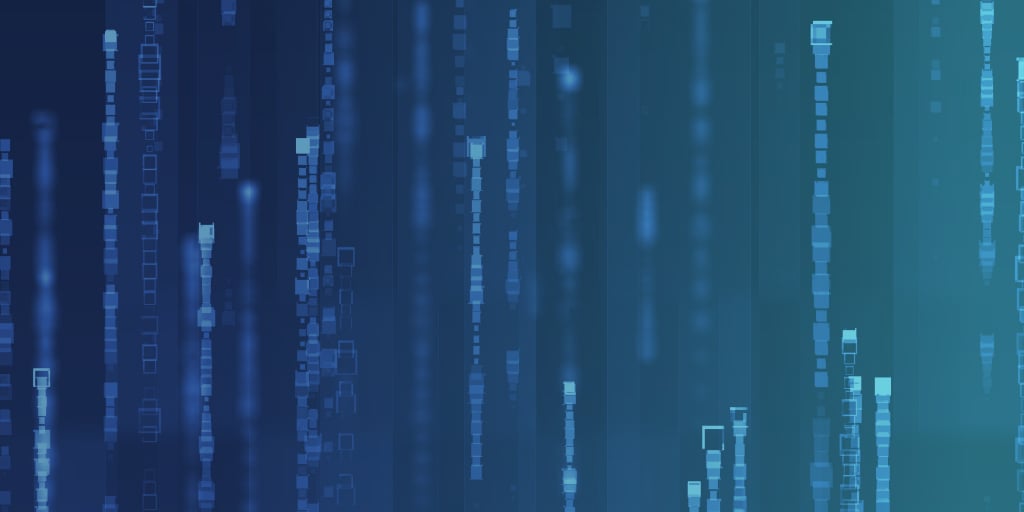3 minute read
Empowering data-driven IT initiatives with modern technology
Modern technology like data platforms drive business value. Here are some data-driven initiatives to boost your IT strategy & make the most of your data.
Table of contents
In IT initiatives, solving business challenges often takes a back seat to governance complexities.
This article addresses the cross-functional complexities, the rise of data and the transformational potential of technology.
This content delves into the evolution of data integration and governance, moving from historical challenges to contemporary innovations. You will explore the ease of data capture and reporting through emerging tools, while standardized connectors accelerate access.
And you'll learn more about governance transformation, improved velocity and user engagement that help improve accessibility and reduce risk.
Embrace the power of technology to amplify initiatives and strengthen user relationships.
Navigating cross-functional complexities in IT Initiatives
IT initiatives are meant to solve business problems, right?
This seems an obvious statement - and it is - but the focus on business value is often obfuscated by the difficulty of governing a technology program and later in supporting it.
These challenges are often driven by the cross-functional nature of today’s IT initiatives, for example multiple departments & business units invested in the solution and advocating for their users and requirements.
Additionally, the sources and volume of data have increased to the point of creating both technical and organizational complications.
Revolutionizing data integration & governance with modern technologies
Traditional technologies (e.g., SQL) present struggles with both data integration and governance, and newer technologies (e.g., newer but not new NoSQL) make strides to alleviate common issues with row/column databases.
These common issues include the need for costly extraction, transfer and load (ETL) processes to ingest data and the intensive data governance activities to gather detailed requirements and then negotiate the meaning of data and its place in a schema.
The adoption of technology that allows data to be ingested as it is, without the need for ETL (NoSQL), allows for easier integration of data with velocity and enables easier governance, as different business groups can use their data as they wish without impacting other users.
The above is merely a perspective and not a new analysis: technologies and views are accepted in the market and in practice.
Let's assume that you have an initiative or solution in the planning, ongoing or production phase and that the initiative depends on various sources of structured and unstructured data.
As common as this assumption is (sounds like every project you have ever worked on), it is likely that the challenges discussed above are still front and center.
So how can technology help?
Today’s tools can ease the burden of data acquisition, give meaning to diverse data sets, find the connections between the data, and provide common methods to securely access the data.
These tools can be applied to data on ingest or data in-place to make the data more usable and improve security, and the access tools can work side-by-side with existing systems or enable retirement of legacy methods.
A few simple examples include:
- Named Entity Recognition (NER)
- Data categorization & classification
- Standardized data connectors and APIs
Named Entity Recognition
NER identifies patterns in data such as company names, locations, dates, products, manufacturing devices and components, personal data, etc.

- Identification of NER makes it possible to recognize data in unstructured sources that are relevant for user queries (e.g., searching for a safety-relevant equipment service that was hidden in a data silo).
- Security can be appropriately applied to information at detailed levels (as opposed to the document level) enhancing access and value.
Data categorization & classification
It automates the processing of documents and data into useful “buckets”, one-to-one and one-to-many.

- Organization and tagging extend the context of the data,enhancing relationships between elements and findability. Data can be extended or linked to adjacent data so a system can understand that if a person lives in California, they also live in the United States without having to encode that relationship.
- Again, security and data access are both enhanced through better understanding of the data, data policies and finer-grained metrics.
Standardized data connectors and APIs
Data sources are varied but also common across organizations globally.
Data access methods need to be standardized to facilitate adoption by consuming applications.

- ERP systems, document repositories, plant management systems, etc. are common technologies. The value is in the data and by standardizing access, your initiatives gain speed.
- Your solution initiative is a repository of data, and the value is derived from the use of that data. Standardizing APIs for the various functions within your solution and other solutions within your organization also increases speed and usefulness.
- Again, security and supportability have improved.
Streamlining governance, boosting speed, & elevating user engagement
This is just one (deliberately simplified) example, but the above technologies and methods can reduce governance overheads and increase the speed of initiatives, while enhancing user satisfaction and value: better access to information with less effort, less friction and, above all less risk.
Transformational changes are often accepted as necessary but are also increasingly dependent on disparate and unstructured data; these initiatives bring together growing competencies in the organization (business users, IT, data scientists) and new technologies.
Use technology to power your initiatives and to enhance your user relationships.
Frequently Asked Questions
What is data-driven intelligence technology?
Data-driven intelligence technology refers to the use of data analysis, machine learning, and artificial intelligence to gather insights, make informed decisions, and improve processes across various domains and industries. It involves extracting valuable information from large datasets to enhance understanding, predict outcomes, and optimize strategies.
What are the 5 pillars of intelligent operations?
The five pillars of intelligent operations are:
1) Data Management: Efficiently collecting, storing, and managing data. 2) Advanced Analytics: Applying advanced techniques to gain insights from data. 3) Automation: Automating processes using technology and AI. 4) Domain Expertise: Applying industry-specific knowledge to operations. 5) Collaboration: Fostering teamwork and communication across functions.
What is data-driven insights?
Data-driven insights refer to valuable and actionable information derived from the analysis of data. These insights are obtained through techniques like data mining, analysis, and interpretation, and they guide informed decision-making and strategic planning in various fields.




